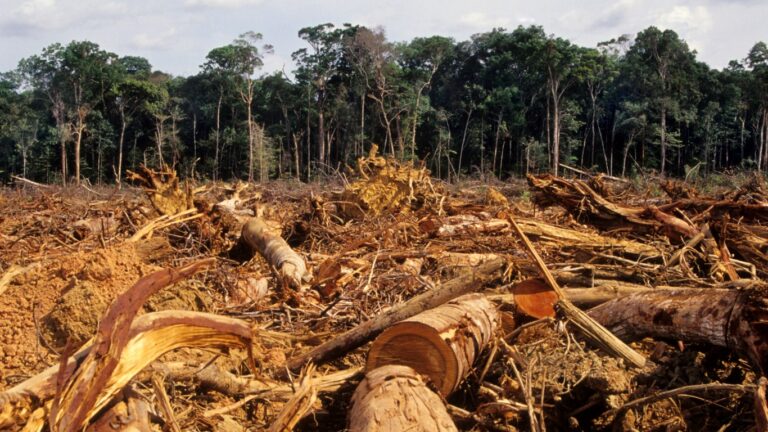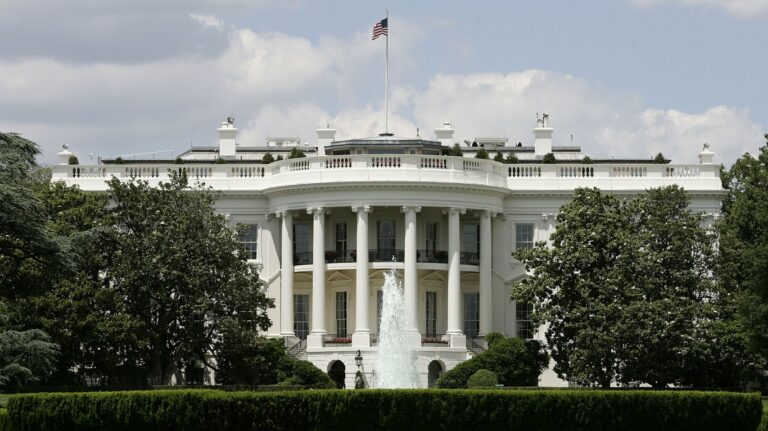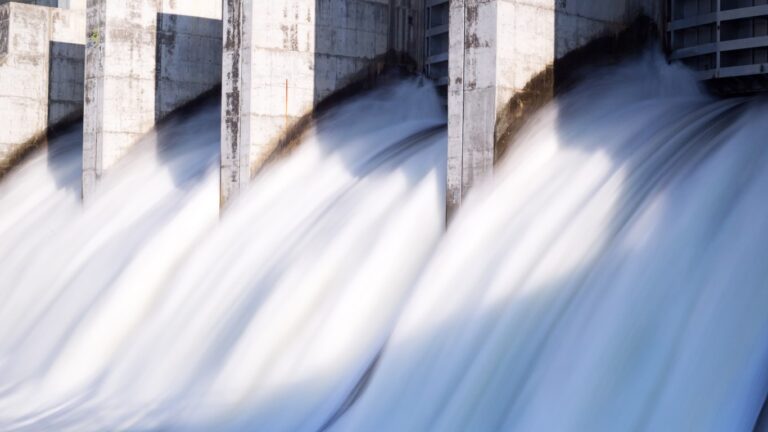Stormy Weather for Wind Power: Towering Turbines Face Increasingly Fierce Foes

Recently, The New York Times published a fascinating article and series of graphics showing where each U.S. state got its electricity from.
In many cases, the charts and figures reflected the natural resources of various states. West Virginia, for example, gets 86% of its power from coal, with Kentucky and Wyoming drawing about two-thirds of their electricity from the black stuff, with North Dakota at 55% and Montana at 45%.
READ MORE ABOUT WIND ENERGY
Your local Walmart could soon be powered by newfangled wind turbines
Here’s Another wacky thing caused by climate change: less wind to create clean electricity
Then there are the states with large hydroelectric output from fast-moving water, such as Washington (60%), Vermont (51%), Idaho (43%), Oregon (42%) and Montana (30%).
And then there’s the latest entrant to the party: wind power, much of it centered in the breezy parts of the Midwest. Top of the table is Iowa, with 59% of it electricity, followed by South Dakota (55%), Kansas (46%), Oklahoma (42%), North Dakota (36%), Nebraska (30%) and Minnesota (25%). Outliers geographically include New Mexico (38%), Colorado (27%), Wyoming (21%) and Texas (22%).
All of which — with smaller contributions from other states — adds up to wind making up 10% of U.S. power, and responsible for by far the largest renewables sector (hydro and solar both being at 6%).
But that contribution and its accompanying infrastructure is being threatened — and often by the very people who have most fiercely campaigned for green energy.
Yes, environmentalists.
And then there are those trying to protect their fossil fuel industries.
Yup, in at least 15% of counties in the U.S., according to the The Des Moines Register, there are almost complete bans on new utility-scale wind and solar projects. The limits, the paper reported, come in the form of outright bans, moratoriums, construction impediments and other conditions that make green energy difficult to build.
This has resulted in 375 counties blocking new wind development while only 183 approved it.
As The Register reports, in 2014, Kentucky — no doubt trying to shield t its coal industry — made it effectively impossible to build new turbines in all 120 of its counties and in 2018 Tennessee essentially stopped new wind projects in all but four of its 95 counties.
And then there are the states more prone to tree-hugging. In 2009, 23 out of North Carolina’s 100 counties banned new wind projects and Connecticut in 2014 did likewise in its eight counties. And then in 2017 Vermont banned all wind projects in its 14 counties.
Not that solar faces an easier task. With its considerable coverage of land and ugly footprint, it, too, has faced opposition, though not as fierce as that facing giant wind turbines, with their big visual impact, whirring sounds and (disputed) impact on bird life.
Will the anti-wind power trend blow over? As more communities face a turbine influx, it seems unlikely.
More from ClimateCrisis 247
- Eating Termites Will Help The Environment
- Nighttime Extreme Heat Is The Most Dangerous
- California Utilities Cause Customer Blackouts To Fight Wildfires
- US Sunscreens Don’t Work Well






